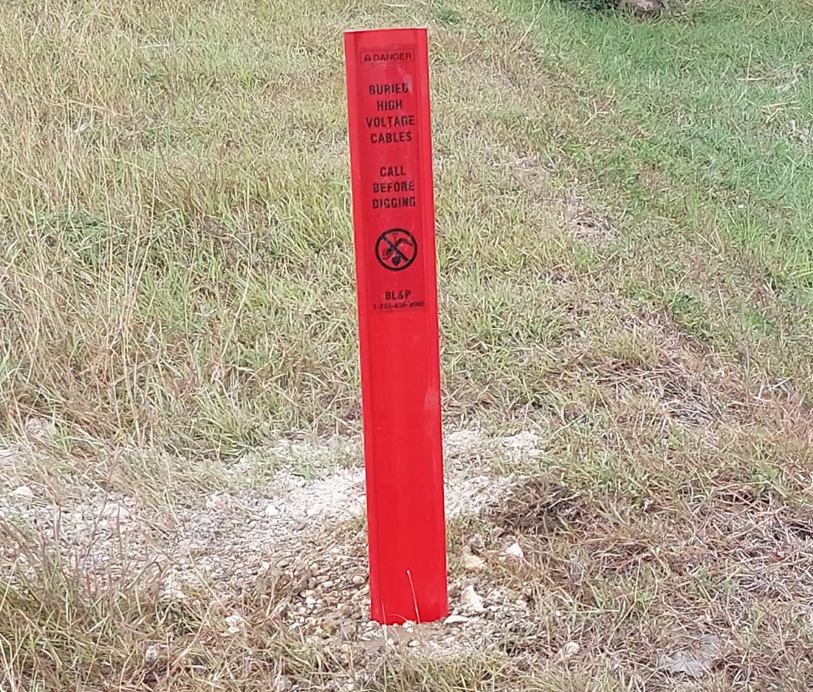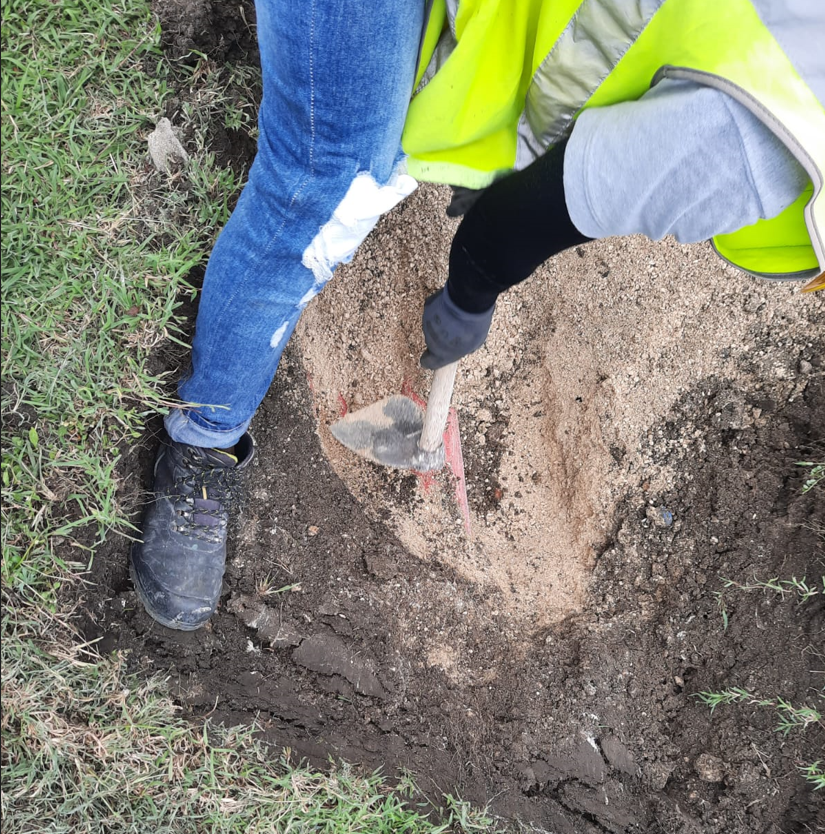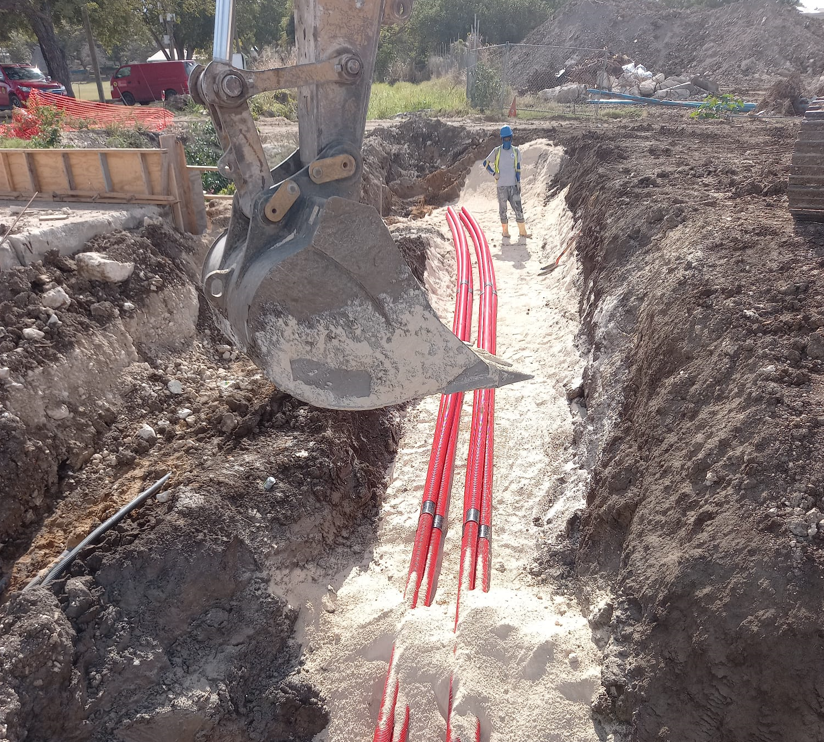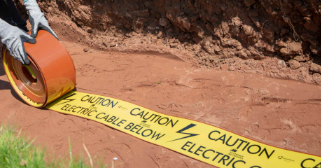Utilize our Check Before You Excavate Web map and follow these safety rules when conducting excavation works in close proximity to our underground cables
Check Before You Excavate
Utilize our Check Before You Excavate Web map and follow these safety rules when conducting excavation works in close proximity to our underground cables
If you are planning or undertaking excavation works you will need to know about the location of any underground cables or electrical equipment near you before you start working. Don’t take chances – we are here to help!
We encourage you to use the following tips when digging near buried underground cables:
Tips For Digging Near Buried Underground Cables
STEP 1: Check Reference Maps.
Use the “Check Before You Excavate” map to ascertain if any major BLPC underground cables are located in the area in which you are excavating.
Web maps are not meant to provide an accurate alignment of the exact position of the cables as they do not account for road reconstruction, road alignments, alterations to ground cover and property boundaries.
Please note that BLPC does not take responsibility for customer-owned low voltage cables. These cables are typically installed between the pole/ turret and the customer’s premises. As such, low voltage cables are not displayed on the map.
STEP 2: Call or Write
If your worksite is within 10 meters of our cables please give us a call. Our representatives are here to assist you by providing drawings or marking out the cables on site.
Give our Customer Care section a call (626-4300), email (This email address is being protected from spambots. You need JavaScript enabled to view it.), or write to:
The GIS Office
The Barbados Light & Power Co. Ltd.
P.O. Box 142,
Garrison Hill,
St Michael,
BB11000
Barbados

STEP 3 : Note Cable Markers.
Cable markers are an easy way of ascertaining whether any underground services are located below your excavation area.
BLPC utilizes cable markers along major highways such as the ABC Highway and Highway 2A.
STEP 4: Dig Test Holes.
We encourage contractors to dig test holes to confirm the location of underground cables and to dig these test pits by hand.
This reduces the likelihood of striking our services and causing serious damage to the excavator.


STEP 5 : Have a Designated Observer
Our experience has shown that having a designated observer significantly reduces the likelihood of faults or injuries when excavating near buried cables.
STEP 5: Work Safely.
Utility underground services are typically covered by caution tape. Our underground services are usually covered by caution tape and/ or stock-boards.
However, older installation may be covered by clay tiles or concrete slabs. Always assume underground services are live until confirmed by one of our representatives.

